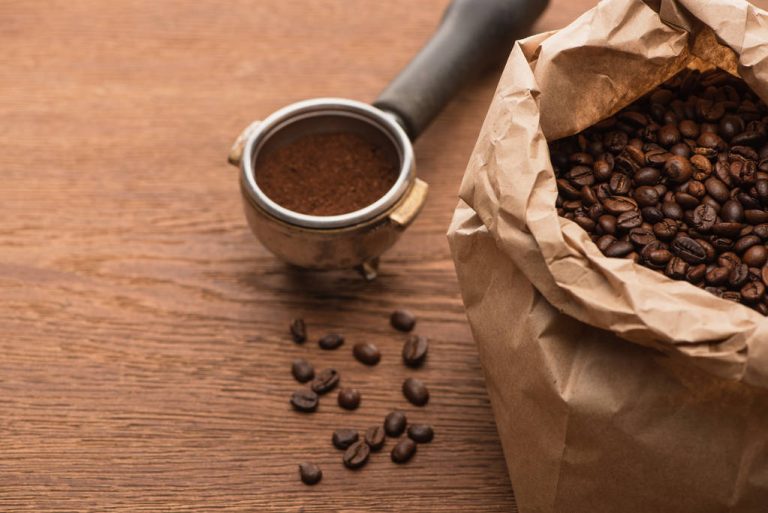It was already considered outdated and old-fashioned, but now it’s back! We’ll tell you why filter coffee is making a comeback and what different methods of preparation there are.
The filter coffee as a cult
Filter coffee has increasingly become a trend drink in recent years. It’s no longer just about the taste, but as with whiskey or chocolate, new questions arise here too: What are the working conditions like in the countries where the coffee is grown? Are the cultivation and harvest environmentally friendly? The bad reputation of filter coffee was pushed aside and the methods of preparation rediscovered. A single coffee bean has over 800 flavors. This is what makes filter coffee so exciting, because here it is important to get the right aromas out of the bean and to adjust the roasting profile of the bean. Because unlike latte macchiato or cappuccino, the drink is not covered by milk here, so that the special aromas can better come into their own.
The advantages of filter coffee
Even if filter coffee was perceived as outdated and bad coffee for a long time, the method of preparation has continuously evolved and thus helped the “new” filter coffee to achieve a renaissance. Forgotten is the outdated, stale stereotype of filter coffee. Now it tastes better than ever – and as a comparatively sustainable production method, it also embodies the spirit of the times:
Larger bottom opening in the filter holder: The coffee flows through more evenly and unwanted bitter substances and sediments stay outside. The taste of the coffee is not clouded. Some filters also have spiral ribs on their inner wall. The ribs are there so that the filter paper does not stick to the filter, the finished coffee can run off nicely and does not accumulate.
Tasteless filter paper: Fine-pored and tasteless filter paper gives the coffee an authentic, clear taste. If the coffee tastes too mild, you can use a cotton filter. This allows more oils to get into the coffee and the intensity of the aroma increases.
Environmentally friendly: The environment benefits greatly from the fact that filter coffee is on the rise again. Pad or capsule machines are faster than a filter machine, but leave a lot of waste. An additional capsule is required for each new coffee drink. And a capsule consists of two-thirds coffee and one-third packaging material. In addition, the capsules are a major cost factor in the long run.
This is to be considered with a filter coffee
The coffee beans: For filter coffee, it is important that the coffee beans are gently roasted slowly and only at low heat. This will prevent a bitter taste as the bean will not burn. Classically, the Arabica bean is used because, like the Canephora bean, it can be roasted very well. Of course, decaffeinated beans can also be used for filter coffee.
The degree of grinding: For filter coffee, the beans are best freshly ground. A wide berth should be avoided around ready-made coffee powder. The longer the coffee was roasted and ground, the more aromas the ground coffee loses due to oxidation. Accordingly, the grind should be as fresh as possible. A medium grind of the bean is ideal for this. According to the trend, the beans must be lightly roasted. With a dark roast, more acids are broken down and the coffee gets more bitter notes. The lighter beans, on the other hand, emphasize the fruity acids.
The water: As already described in the ingredients, the water should ideally be 86 to 96 degrees hot. It is at this temperature that the oils in the coffee beans combine best.
What are the options for preparing filter coffee?
Filter coffee from the coffee machine: Everyone has probably had the typical, conventional coffee machine at home. The principle is simple and learned: bend the paper filter, insert it into the holder, add the desired amount of coffee powder, fill in the right amount of water, press a button and off you go.
Hand filter coffee: The hand filter method is a bit more complex than the preparation in the coffee machine. It takes several steps to create the perfect coffee experience. But it is the most original way of making coffee.
Chemex: The Chemex is a not so well-known device for preparing filter coffee. It is a glass filter coffee maker invented by a German chemist. During preparation, particularly thick filter paper is used, resulting in a very pure coffee.
Moccamaster: The Moccamaster is comparable to an ordinary coffee machine. However, it has far more technical subtleties, which, according to its Dutch inventor, should create the perfect coffee experience.

